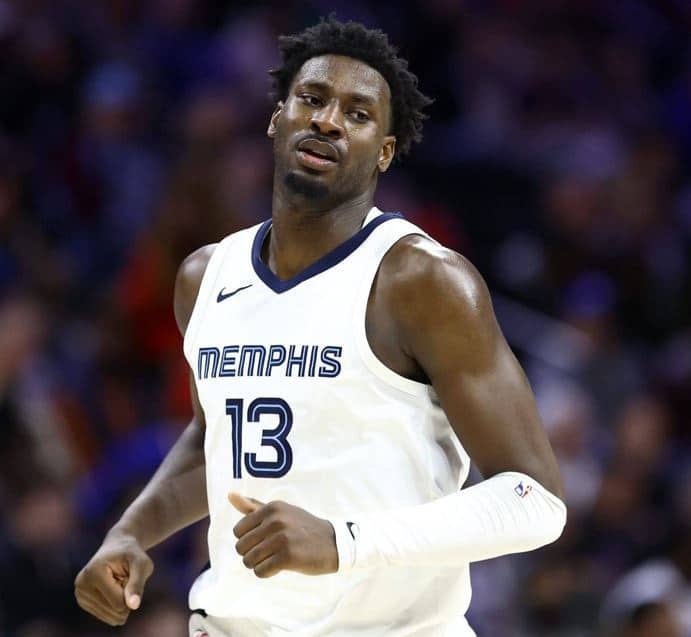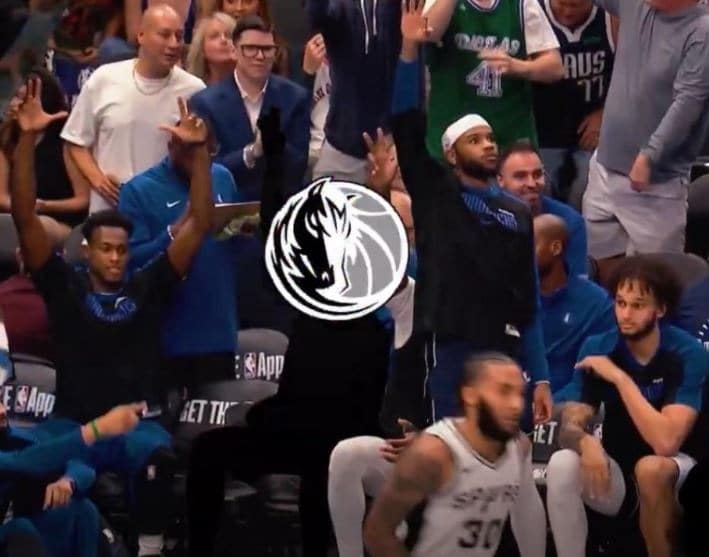Last Friday morning, I was enjoying my cup of coffee and watching the Cleveland Cavaliers against the Detroit Pistons. It felt like a regular morning for a regular day in the regular season.
But it wasn’t.
After just a few possessions, I could sense the Cavaliers’ urgency to start their offense as quickly as possible. Following a loose ball, Darius Garland threw it to the referee, immediately signaling to get the ball back so he could initiate the offense. It must have something to do with their new coach, Kenny Atkinson.
I had the same feeling about the Pistons’ offense. The Pistons, now coached by J.B. Bickerstaff, the former Cavaliers coach. So, what’s going on here? Could this be a broader trend? Although we’re still early in the season, the numbers suggest this might be the start of an NBA offensive revolution.
Both teams are getting in their offense as fast as possible, after a miss, or a make.
Faster than ever
According to Inpredictable.com, the average seconds per possession across the NBA is up. Last season, the average possession lasted 14.5 seconds, compared to 14.1 this year. That half-second difference may seem minor, but it can have a significant impact if the trend continues.
:no_upscale()/cdn.vox-cdn.com/uploads/chorus_asset/file/25701576/Capture_d_e_cran_2024_10_27_a__16.05.41.png)
What’s even more striking is the number of teams averaging fewer than 13 seconds per possession. Since 2016-17, only one team has fallen below that mark—the 2018-19 OKC Thunder. But this season, there are four teams averaging less than 13 seconds — in other words, four teams attacking faster than ever in the modern NBA.
Skeptics might argue that this small sample size is influenced by early-season turnovers, leading to more transition opportunities and faster possessions. However, Inpredictable.com allows us to filter possessions that occur after a made basket, which better reflects a team’s strategic choice to attack quickly.
Last year, the Indiana Pacers surprised the NBA by attacking and running right after a made basket. Tyrese Haliburton and his squad reached the Eastern Conference Finals by playing a disruptive style that forced opponents’ defenses into uncomfortable positions and one of their keys was attacking early. After an opponent’s made basket, the Pacers’ average possession length was 16 seconds.
:no_upscale()/cdn.vox-cdn.com/uploads/chorus_asset/file/25701600/2024_2025_Offense_After_Made_Basket.png)
This season, if the Pacers were still averaging 16 seconds, they would rank only sixth in the NBA! There are now five teams outpacing last year’s Pacers. Some of these teams feature creative coaches (like Steve Kerr) or fast-paced point guards (De’Aaron Fox, Ja Morant, Trae Young). The most surprising team? The Chicago Bulls.
Keeping an eye on how quickly the Bulls play. Has felt like a real emphasis to push & attack after makes in the first half.
Could be an early season thing, could be a “the Bucks aren’t that athletic so let’s take advantage of that” thing, but it’s caught my eye early.
— Nekias (Nuh-KY-us) Duncan (@NekiasNBA) October 26, 2024
Under Billy Donovan, the Bulls have been using their new addition, Josh Giddey, as a quarterback to exploit defenses that are slow to get back into position. The Bucks, for example, were a perfect case study, with the slower Brook Lopez anchoring their defense. Here for example, Bulls are creating an easy situation for Zach LaVine just by acting early in the possession.
The NBA is a copycat league. Last year, the Pacers ran an early-offense system that produced one of the league’s most efficient offenses in NBA history. And among last season’s elite offenses, the Pacers’ strategy is perhaps the easiest to imitate.
With the NBA is constantly evolving, staying ahead of the innovation curve can help teams win, but the rest of the league is always quick to follow. Innovations like a focus on analytics, the pick-and-roll, or drop coverage were quickly adopted by teams once they proved effective.
Some innovations, however, are harder to replicate. For instance, it’s nearly impossible for other teams to copy the Celtics’ offense — 7’2” centers who can shoot threes don’t grow on trees. But the Pacers’ early-offense blueprint can be adapted by other teams, regardless of roster makeup. The goal is to prevent defenses from settling into position before the offense begins. You don’t need a Tyrese Haliburton or Pascal Siakam to do that.
The Pacers have shown that attacking early works, and they’ve given the league a model to follow. We might be witnessing a new NBA revolution, where teams are becoming more aggressive after a made basket—eliminating the pause and suffocating opposing defenses before they can even set up.






